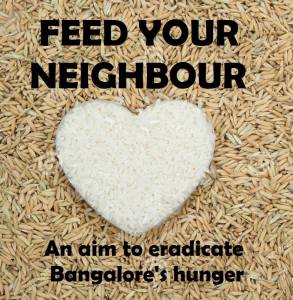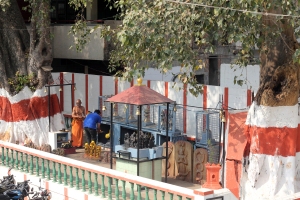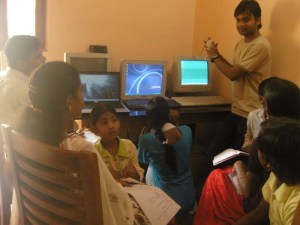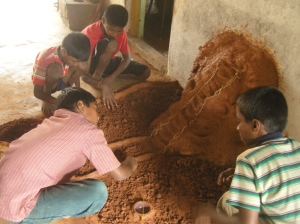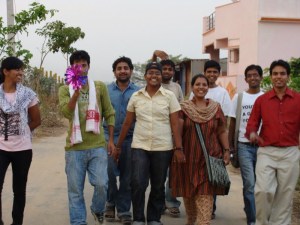
In 2012 a species of butterfly, the Lilac Silverline, which was thought to have gone extinct, was rediscovered, after a gap of 120 years, near Hessaraghatta lake in Bengaluru. The discovery was made by Nitin Ravikanthachari, one of the founding members of the Bangalore Butterfly Club (BBC). Founded in 2012, the burgeoning club can be credited for not only rediscovering many species of butterflies but also creating a stronger awareness about the various kinds of butterflies of Karnataka. The club has come together to advocate for a stronger platform to educate and inform citizens about the importance of these beautiful insects and has also initiated the collection of quantitative information about butterflies in Bengaluru. From a team of four members, BBC today boasts of more than 400 members.
“BBC has 4 founder members – Ashok Sengupta, Haneesh KM, Nitin Ravikanthachari and me,” says Rohit Girotra.

Though the enthusiasts were in touch and would regularly trade information relating to butterflies, they never considered creating a team. Things took a turn when Dr. Krushnamegh Kunte of National Centre for Biological Sciences (NCBS) moved to Bengaluru from Boston. “He mooted the idea of Citizen Science in the Butterfly domain and the important role it could play in a greater and a better understanding of butterflies in India. I met up with Dr. Kunte in February 2012, and he spoke passionately about butterflies and the importance of quantitative information. He motivated me to start collecting quantitative data whenever I was out in the field photographing butterflies. I started doing that from March 2012 onwards. Soon, Nitin joined me,” explains the 43-year-old.
With all this activity, a need for a cohesive platform to talk about and share information on butterflies of Karnataka was felt. Thus, shortly after this, Ashok started the BBC Facebook group and Nitin started the BBC WhatsApp group.
Activities undertaken:
Along with creating awareness about the butterflies of Karnataka, BBC also conducts field walks to educate members and new comers about butterflies, collect quantitative information about Butterflies in Bengaluru, and collaborate and participate with the forest department in conducting surveys, workshops, tree planting and other conservation related activities.
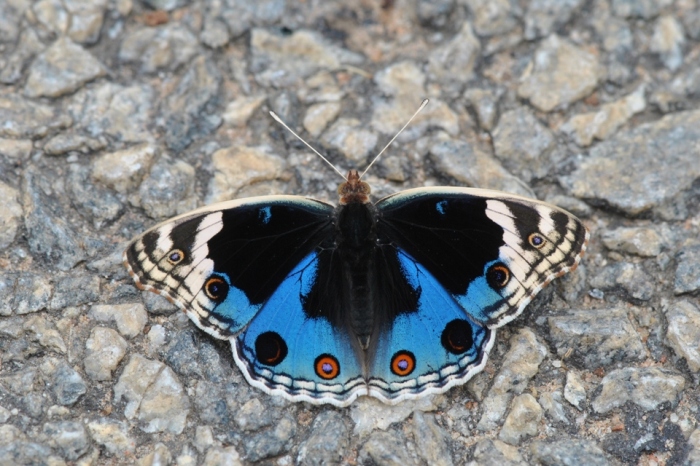
“BBC has fortnightly walks and counts at Doresanipalya Research Station Campus, Bangalore University, Hennur Forest, and Hessarghatta Lake,” says Rohit. “The other butterfly hotspots include Camp Gee Dee (in Shivanahalli), Valley School grounds (on Kanakapura road), and Savandurga” he adds.
According to Rohit and the massive research undertaken by BBC, Bengaluru is home to more than 170 species of butterflies. “On a three-hour walk at any of the above-mentioned locations, one can easily see around 40-50 species of butterflies. This number varies depending on the seasons. Post-monsoon is usually a great time to see more number of species,” points out the Bannerghatta resident.

“A Typical Butterfly walk starts at 9 am and closes at 12 noon and is attended by on an average, 10-15 people. We encourage people who want to learn more about butterflies to join these walks to interact with the experts and “see” the butterflies in nature. The walks are free of charge and all you need to bring along is your enthusiasm and an interest in observing butterflies. A pencil & notebook, if you like to take notes, and a camera if you are interested in photography,” says Rohit.
Interestingly, in the last four years, the members have added 14 new species Bengaluru’s butterfly repertoire. “The most significant was the rediscovery of the Lilac Silverline – Apharitis lilacinus, which was thought to have gone extinct and was re-discovered in 2012, after a gap of 120 years at Hessarghatta Lake bed by Nitin Ravikanthachari,” says Rohit.
To those who worry that depleting green cover in Bengaluru is affecting the city’s insect and bird population, Rohit has some good news. “On the whole, butterfly numbers in Bengaluru have remained healthy for the last four years. This is primarily due to the presence of green islands such as – Cubbon Park, Lalbagh, Doresanipalya Research station, Bangalore University, Bannerghatta NP, Savandurga etc,” he points out.
Bengaluru has quite a stable population of butterflies throughout the year. However, there is a drop in numbers in the summer months, says Rohit.
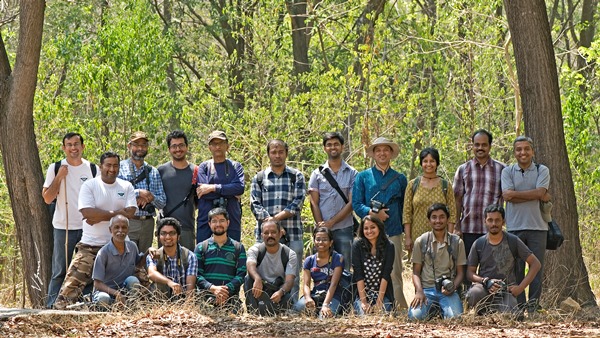
“Just before the monsoon starts, we have a huge migration of butterflies from the Western Ghats to the Eastern Ghats; an amazing event that Bengaluru often witnesses. The best time for observing more number of species though, are the post-monsoon months of September, October, and November” explains Rohit.
Most of the members of this group contribute their photographs to the Butterflies of India (BOI a.k.a. IFB) initiative. This initiative is the brainchild of Dr. Krushnamegh Kunte and is a massive collaborative effort by butterfly enthusiasts from all over India, of creating a nation-wide, peer-reviewed database of butterfly images.
“The field of butterflies in India is going through nothing short of a revolution. This is being driven by Dr. Kunte, Dr. Kalesh and several other leading personalities. If you are interested in Butterflies, you couldn’t have chosen a better time,” says Rohit.
He adds, “What we need is more active participation from Bangalore citizens. With more number of people willing to take up more responsibilities, we can expand the scope of work being done. Please be a part of BBC, the fortnightly walks, and the associated activities.”
The article was first published in ichangemycity.com
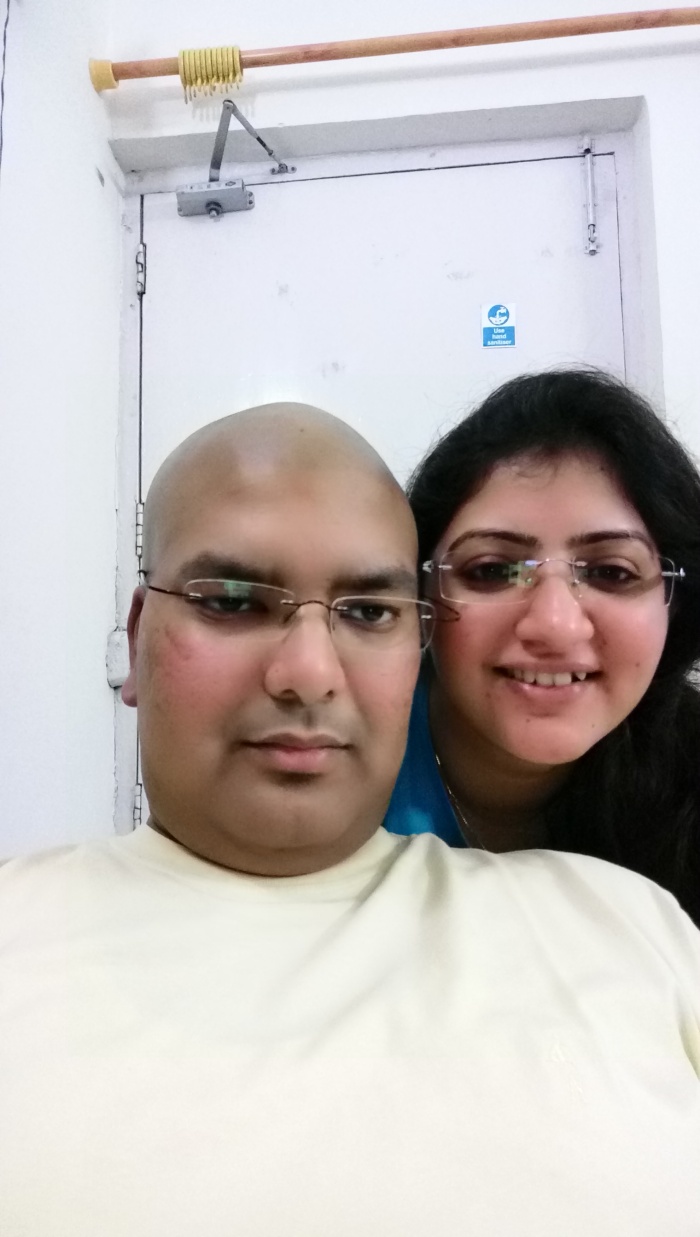 “I clearly remember the time, it was 4 pm on August 23,” says Rahul Yadav. It would be hard for Rahul to forget the date. That day, the otherwise healthy IT professional was diagnosed with Multiple Myeloma, a rare kind of blood cancer. The knowledge of the disease pushed him into depression, but then the 30-year-old is made of sterner stuff. He not only managed to pull himself out of the dark but also started Yoddhas, one of the first online support group for people suffering from Cancer. Two bone marrow transplants, and 15 Chemotherapies later, Rahul continues his fight against the disease, setting up an example for others to follow.
“I clearly remember the time, it was 4 pm on August 23,” says Rahul Yadav. It would be hard for Rahul to forget the date. That day, the otherwise healthy IT professional was diagnosed with Multiple Myeloma, a rare kind of blood cancer. The knowledge of the disease pushed him into depression, but then the 30-year-old is made of sterner stuff. He not only managed to pull himself out of the dark but also started Yoddhas, one of the first online support group for people suffering from Cancer. Two bone marrow transplants, and 15 Chemotherapies later, Rahul continues his fight against the disease, setting up an example for others to follow. To counter this problem, Rahul undertook intensive research and found that there existed many support groups abroad. “Through the internet I took part in these groups, actively sought out information, made friends with other patients, and exchanged experience and stories,” he says.
To counter this problem, Rahul undertook intensive research and found that there existed many support groups abroad. “Through the internet I took part in these groups, actively sought out information, made friends with other patients, and exchanged experience and stories,” he says.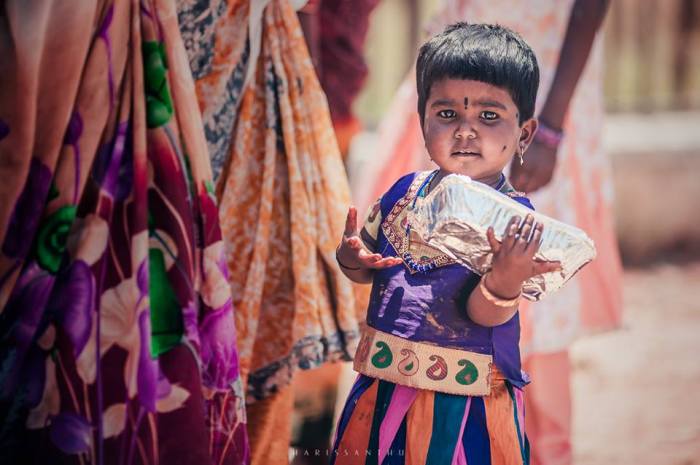 Unflattering scenes that symbolize the deep chasm between the haves and have-nots in a society are often found lining the streets in the form of the homeless and hungry. More often than not, the sights invoke no response from anyone. Then there are those groups of active citizens who just refuse to turn a blind eye. ‘Let’s Feed Bengaluru’ was formed by a similar group of concerned citizens who wanted to make a difference. The city-based initiative encourages residents to cook an extra meal and distribute the same among those in need.
Unflattering scenes that symbolize the deep chasm between the haves and have-nots in a society are often found lining the streets in the form of the homeless and hungry. More often than not, the sights invoke no response from anyone. Then there are those groups of active citizens who just refuse to turn a blind eye. ‘Let’s Feed Bengaluru’ was formed by a similar group of concerned citizens who wanted to make a difference. The city-based initiative encourages residents to cook an extra meal and distribute the same among those in need.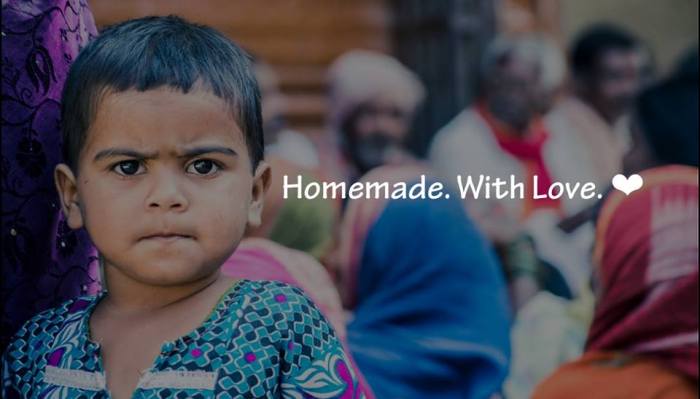 The group has 350 registered volunteers, with more joining in occasionally. “On Valentine’s Day, we had more than 60 volunteers chipping in. With their help, we distributed 500 balloons, 700 meal packets, 700 chocolates and around 100 cakes to the kids and elderly people in slums of Tilaknagar and Kundanahalli,” he says. The biggest reward, he points out, is the endless string of smiles the team gets from thousands of faces.
The group has 350 registered volunteers, with more joining in occasionally. “On Valentine’s Day, we had more than 60 volunteers chipping in. With their help, we distributed 500 balloons, 700 meal packets, 700 chocolates and around 100 cakes to the kids and elderly people in slums of Tilaknagar and Kundanahalli,” he says. The biggest reward, he points out, is the endless string of smiles the team gets from thousands of faces.

 Grief typically unfolds through five stages, denial, anger, bargaining, depression and acceptance but for Dr Shubhangi Tambwekar and Sanjay Tambwekar, there is a sixth stage; resilience. The Bangalore-based couple lost their daughter in a tragic accident on September 9, 2014. Amidst the grief and pain, the couple made a decision to try and keep the memory of their daughter alive by creating the Arundhati Foundation. The Foundation creates awareness around the importance of road safety and also aspires to influence policies that will make roads safer for every Indian.
Grief typically unfolds through five stages, denial, anger, bargaining, depression and acceptance but for Dr Shubhangi Tambwekar and Sanjay Tambwekar, there is a sixth stage; resilience. The Bangalore-based couple lost their daughter in a tragic accident on September 9, 2014. Amidst the grief and pain, the couple made a decision to try and keep the memory of their daughter alive by creating the Arundhati Foundation. The Foundation creates awareness around the importance of road safety and also aspires to influence policies that will make roads safer for every Indian. The Foundation visits various schools, with age-sensitive material to instill in the young minds the importance of road safety and the repercussions of lax attitudes. “Our lectures and reading materials are age appropriate. From first to the fourth standard, our talks comprise cartoons and pictures that appeal to our younger audience. On another hand, from the fifth standard to 10th standard, we introduce statistics to the students. This helps them understand how grim the picture really is,” Shubhangi points out.
The Foundation visits various schools, with age-sensitive material to instill in the young minds the importance of road safety and the repercussions of lax attitudes. “Our lectures and reading materials are age appropriate. From first to the fourth standard, our talks comprise cartoons and pictures that appeal to our younger audience. On another hand, from the fifth standard to 10th standard, we introduce statistics to the students. This helps them understand how grim the picture really is,” Shubhangi points out.